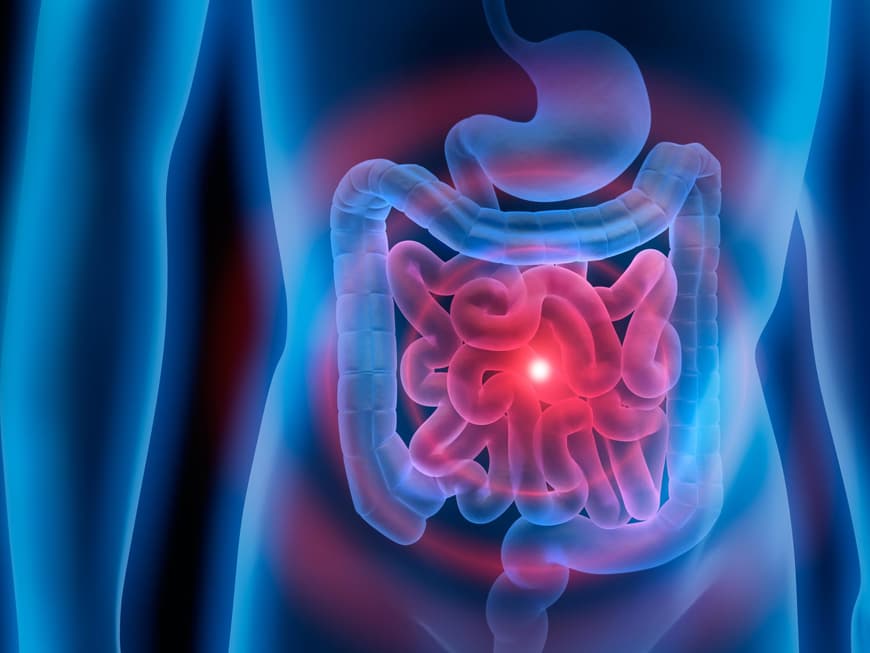
The tissue that attaches the intestine to the body is called the mesentery. It is subdivided into the sections of the intestine to which it is connected. Irish researchers have now named the mesentery as an organ. It is a coherent unit, and that is the decisive characteristic for an organ, the doctors stated.
It is a mediator between the intestine and the body
The intestine is attached to a suspension so that it does not lie around in the abdominal cavity like a tube. The intestine is supplied with blood via this suspension, and nutrients from the intestine also enter the body via it. As an organ, the mesentery therefore has something of an intermediary function between the intestine and the body.
Leonardo da Vinci already wrote about this
The medical term for the mesentery is "mesentery". The word comes from Middle High German and translates as "small intestine". The Italian polymath Leonardo da Vinci already studied the mesentery and described its coherent structure. However, he did not yet refer to it as an organ.
Important for the treatment of intestinal diseases
For a long time, the mesentery was regarded as a collection of individual fragments. However, the Irish researchers now want it to be regarded as an organ and want to get to the bottom of it. "We now know the anatomy and structure. Now we need to investigate the functions of the mesentery as an organ. If we understand these, we will also know when it is not working normally and can, for example, develop new approaches for the diagnosis and treatment of intestinal diseases," say the Irish.
Overweight people store a lot of fat in the tissue
German doctors have doubts as to whether the mesentery should be considered an organ, as it is actually just tissue and cannot be removed or transplanted. The fact that it is important remains undisputed: its size allows conclusions to be drawn about cardiovascular diseases, which can be detected at an early stage. Overweight people store a lot of fat in the mesentery. This causes the release of pro-inflammatory neurotransmitters. The result is arteriosclerosis, for example.
